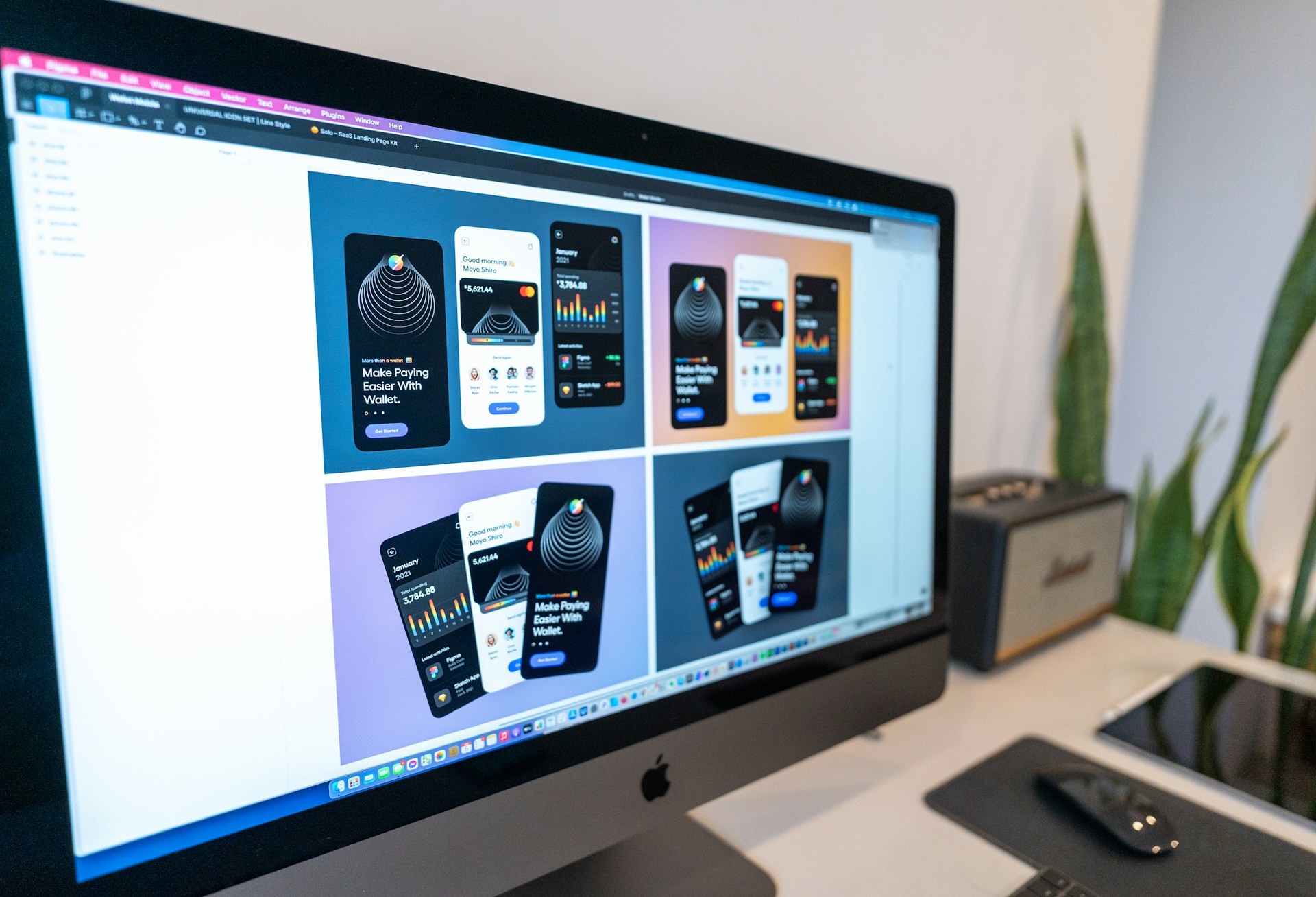
Learn how to design app onboarding flows that cut churn, boost day-one retention, and turn new users into engaged, long-term customers.
The hidden bill apps pay for friction
Day-one retention is where bad onboarding first shows up. Adjust’s 2024 trends report cites a global median day-one retention of about 24 percent across segments, which then falls quickly.
By category the picture is similar. In OneSignal’s 2024 benchmarks, news and productivity apps start in the upper twenties to low thirties on day one and fall to single digits by day thirty. These numbers set the baseline onboarding must beat.
Abandonment is front-loaded. Appcues notes that a meaningful share of users open an app once and never return. The first session has to communicate value fast and without friction.
Teams can study how top apps stage the first value moment using libraries of real flows, especially when researching best practices for app onboarding flows captured from shipped products rather than mockups.
| App category | 1-day | 7-day | 30-day | Source |
| News | 26.67% | 15.83% | 7.55% | OneSignal 2024 |
| Productivity | 32.86% | 18.15% | 8.67% | OneSignal 2024 |
| Health & Fitness | 28.00% | 18.13% | 8.48% | OneSignal 2024 |
| Games | 32.22% | 18.08% | 7.67% | OneSignal 2024 |
Two takeaways: even a solid day-one curve often halves within a week, so shorten time to value. By day thirty the tail is thin, which makes early drop-off expensive to recover.
Patterns that lower churn during onboarding
Practice is more persuasive when it comes from shipped products and measurement.
Duolingo focuses attention on an immediate, low-friction lesson, then reinforces progress with goal cues and prompts. The portable formula: clarify the goal, start with an achievable task, then request permissions only when needed.
Slack highlights a social action early. Prompts to invite a teammate reveal the core benefit in context. When value is networked, the Aha moment depends on adding one relevant person, not on touring settings.
Booking.com shows a third pattern: let experiments sort real improvements from nice ideas. If a shorter permission ask or a clearer primary action wins, keep it and move on.
A quick scene from a real meeting:
- “Could we trim sign-up to email for the first session,” the PM asks.
- “We need location for feature X,” the engineer replies.
- “Gate that request after the first success and run a split test,” the designer says.
Large blanket claims like “most users abandon onboarding because of Y” vary across blogs and samples. When numbers are fuzzy, test with your own cohorts.
Motivate behavior without cornering users. Streaks can help, but pushy nudges that ignore context backfire.
Test onboarding before release
Bad onboarding is cheaper to fix in beta than in production.
On iOS
TestFlight supports internal and external testing, screenshot feedback, and cohort management in App Store Connect. It is ideal for validating wording, permission timing, and first-run performance.
On Android
Google Play’s Pre-launch Reports run automated crawls on real devices and flag crashes, ANRs, layout, and accessibility problems before release. Teams often catch onboarding issues such as offscreen buttons or blocking dialogs here.
Storefront experiments that touch onboarding
Apple’s Product Page Optimization tests icons, screenshots, and preview videos. It does not change in-app flows, but it shapes the promise users see and sets expectations for the first session.
Compact pre-release checklist
- Recruit a realistic tester mix across devices, locales, and networks using TestFlight external testers and Google open testing.
- Run a Pre-launch Report for every build and fix issues that touch the first-run path. Treat accessibility warnings that block completion as blockers.
- Tie permission prompts to actions. If location or contacts are unnecessary for the first task, defer and validate with two test branches.
- Record first-run sessions to spot hesitation between taps, then confirm fixes with an A/B test.
Claims like “90 percent abandon during onboarding” circulate without clear methods. Use platform-scale baselines and your own data when in doubt.
Designing flows that earn a second day
After release, treat onboarding as a living experiment. Amplitude-style cohort analysis helps teams find the smallest set of early actions that predict retention, then redesign the first session so those actions are obvious and rewarding.
Booking.com’s approach applies here. If a two-step flow of “pick a goal, then try one task” beats a long tour with multiple permission gates, ship the winner and revisit the copy. Experimentation is a product muscle.
One more signal from benchmarks: fintech sessions grew in length and installed share in 2024, yet median day-one retention stayed in the mid-twenties. That leaves room for gains. Deleting a field, shortening a paragraph, or deferring a permission is often a safe bet when early attrition is common.
A short scene captures the habit of mind:
- “People keep dropping at the first permission,” the analyst says after viewing funnels.
- “Move that request after the first completed action and offer a skip for now,” the PM replies.
- “Ship to fifty percent and watch day-two return for a week,” the engineer says.
Was this news helpful?






 Yes, great stuff!
Yes, great stuff! I’m not sure
I’m not sure No, doesn’t relate
No, doesn’t relate



